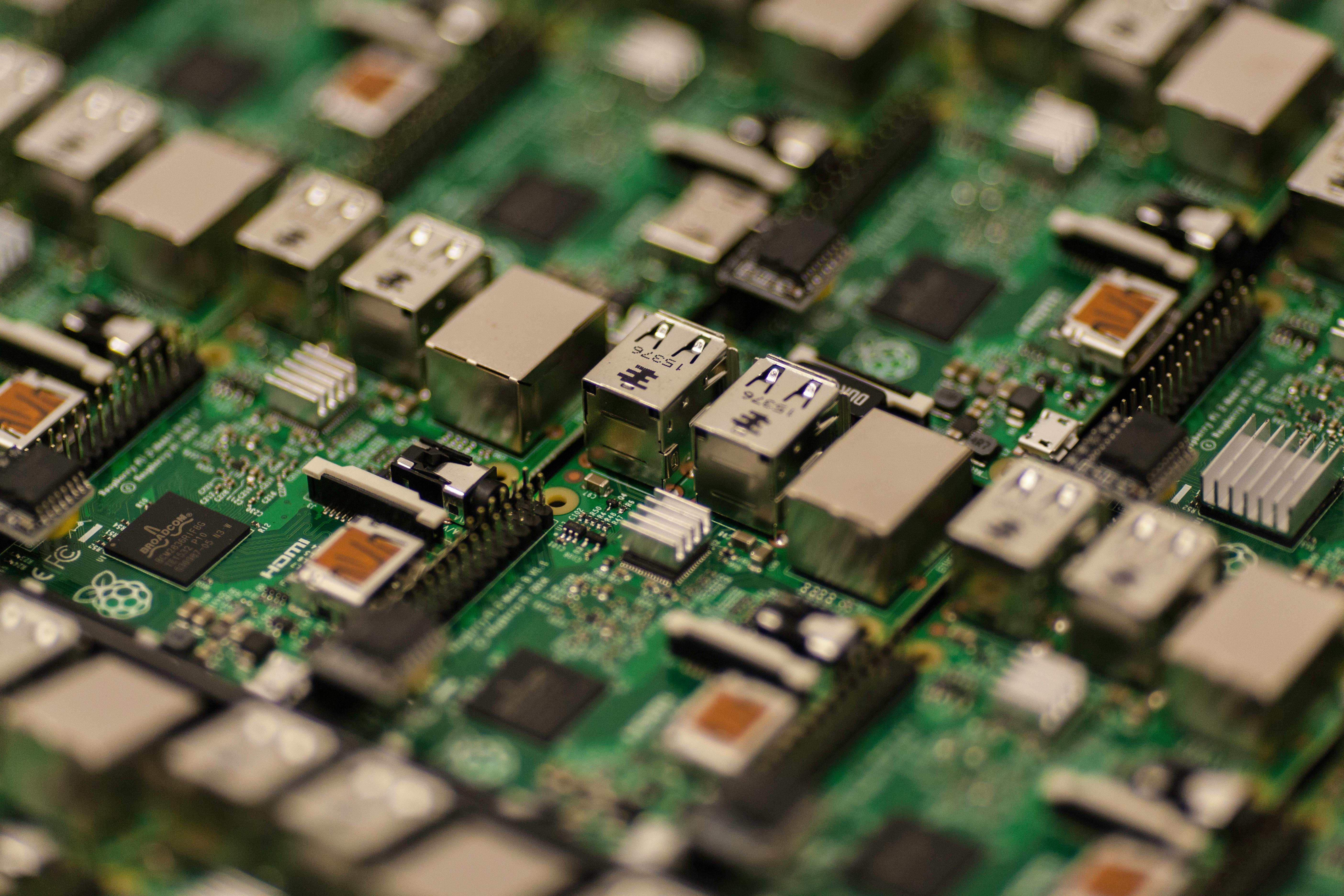
- PROJECT CODE: J4-4546
- PROJECT TITLE: Protein-based adhesive for high-performance indoor timber structures (SEAFARER)
- PROJECT TEAM: dr. Matthew Schwarzkopf (leader), Jaka Gašper Pečnik, Erwin M. Schau, Lea Primožič, Mariem Zouari, Kelly Peeters
- PERIOD: 1. 10. 2022 – 30. 9. 2025
- BUDGET: 300,000.00€ (116,547.60€ for InnoRenew CoE)
- FINANCING: Slovenian Research Agency (ARRS)
- COORDINATOR: InnoRenew CoE (Slovenia)
- PARTNERS: Slovenian National Building and Civil Engineerig Institute (Slovenia); Andrej Marušič Institute, University of Primorska (Slovenia)
In the last two decades, wooden construction has undergone great development and progress due to new technologies, which have made wooden buildings more affordable and higher than ever before. To compensate for the size limitations of sawn wood, glued timber products such as glued laminated timber (GLT), cross-laminated timber (CLT), laminated veneer lumber (LVL) and many others have been developed. Adhesive is a key ingredient that allows the manufacture of such structural wood products. Currently, formaldehyde-based adhesives, polyurethanes, isocyanates or epoxy resins are the most widely used in wooden composites. The increasing inclusion of wood composites in living spaces brings greater daily human exposure to carcinogenic formaldehyde, so the development of bio-based adhesives that do not emit toxins is increasingly desirable and in high demand. One such adhesive is fish glue-based adhesive, which is made out of the protein molecules. However, protein-based adhesives tend to absorb water, resulting in reduced strength and can lead to early adhesive joint failure.
In the project, we will develop a protein-based adhesive (from fish glue representing a waste from marine and food industry), which has improved resistance to moisture, and comprehensively investigate the behaviour of using such adhesive system, especially in environments with high humidity. The development of adhesives will involve the direct or indirect crosslinking of amino groups of fish glue proteins, using covalent (e.g. epoxidized natural oils, maleic anhydride) and ionic (CaCO3) cross-linking agents. The effectiveness of the modified adhesive will be evaluated by various spectroscopic methods (e.g. Ninhydrin method and FTIR spectroscopy), the improvement of water resistance will be investigated gravimetrically, by vapour sorption-desorption and dynamic mechanical analysis, and the effectiveness of the adhesive bondline on various mechanical tests levels ( veneers, lamellas, GLT). The depth of penetration and incorporation of the adhesive into the wood structure will be evaluated using modern research methods (μCT, SEM). We will focus on health impact of the developed protein-based adhesives through the measurement of their VOC emissions in comparison with traditional PUR adhesives. Environmental impact will be considered by a life cycle analys comparing the developed protein-based adhesives with synthetic ones. A market analysis will complete the study to identify potential consumers and their preferences.
InnoRenew CoE project activities
InnoRenew CoE will be investigating the properties of the new bio-based adhesives being developed and how they compare to conventional solutions like polyurethanes. We will be conducting mechanical tests of wood bonded together with these new adhesives as well as their environmental impact and potential market penetration.




